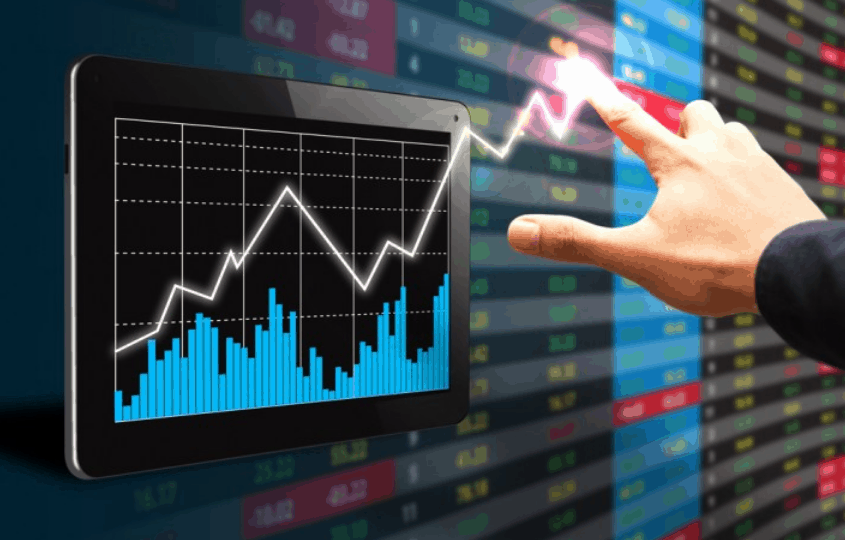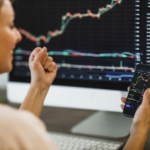Singapore is a global financial hub, and it’s no surprise that the country’s stock market is one of the most active in Asia. With its robust economy and strong regulatory framework, the Singapore Exchange (SGX) has become a popular destination for traders seeking regional exposure.
One of the ways to trade on SGX is through derivatives, such as futures contracts. These instruments allow investors to bet on the price movements of an underlying asset without actually owning it. However, trading in futures can be complex and risky, especially for novice traders. That’s where expert strategies come into play. By following these proven methods, traders can increase their chances of success and minimise potential losses. This article will discuss expert strategies for trading SGX-derived futures in Singapore.
Fundamental analysis
Fundamental analysis is a strategy that involves studying the underlying factors that drive the price of an asset. In the context of SGX-derived futures, this would mean looking at economic data, company performance, and global trends to predict future price movements. This method considers both quantitative and qualitative factors and provides a long-term perspective on the market.
To perform fundamental analysis for SGX-derived futures, traders should first research the underlying asset and its performance. For example, if trading in SGX Nikkei 225 Index Futures, one would need to understand the Japanese economy and the factors that affect the country’s stock market. Next, traders can look at economic indicators such as GDP growth, inflation, and interest rates to gauge the economy’s overall health. Finally, traders should monitor global events and trends that may impact the asset’s price, such as political changes or natural disasters.
Technical analysis
Technical analysis is a strategy that relies on historical price data and patterns to forecast future price movements. This approach assumes that market trends repeat themselves, and traders can use past performance to predict future behaviour. Technical analysts use charts, trends, and indicators to identify entry and exit points for trades.
When applying technical analysis to SGX-derived futures, traders should first identify the underlying asset’s critical support and resistance levels. These levels represent prices most market participants buy or sell, respectively. Next, traders can use technical indicators such as moving averages, relative strength index (RSI), and stochastic oscillators to confirm potential entry or exit points. Technical analysis can also help traders set stop-loss orders to limit potential losses. However, it’s essential to note that technical analysis is not foolproof and should be used with other strategies.
Hedging
Hedging is a risk management strategy that involves opening counter trades to protect against potential losses from existing positions. This method is commonly used in volatile markets, as it helps stabilise portfolio returns. In the context of SGX-derived futures, traders can use hedging to protect against adverse price movements.
The most common hedging strategy for futures trading is buying or selling an offsetting contract. For example, if a trader has a long position in SGX Nikkei 225 Index Futures, they can hedge their risk by selling a short contract in the same asset. This way, if the market moves against its initial position, it can offset potential losses with gains from the hedging trade.
Hedging can also be done using options contracts, which provide more flexibility to adjust positions as market conditions change. However, hedging strategies come with transaction costs and may limit potential profits.
Spread trading
Spread trading is a strategy that involves buying and selling two contracts simultaneously to take advantage of price differentials. This approach reduces risk by hedging against potential losses in one contract with gains in the other. Traders can use this method when there is an expected price difference between two related assets, such as SGX Nikkei 225 Index Futures and TOPIX Index Futures.
To execute this strategy, traders must identify a price differential between the two contracts. Next, they can buy one contract and sell the other to profit from the discrepancy. However, before entering a spread trade, traders should consider margin requirements and transaction costs.
It’s also worth noting that while spread trading reduces risk, it may also limit potential profits compared to trading a single contract. Therefore, traders should carefully assess the market conditions before applying this strategy.
Arbitrage trading
Arbitrage trading is a strategy that takes advantage of price discrepancies between related assets in different markets. This method involves buying and selling the same asset simultaneously in two markets to profit from the price difference. In the context of SGX-derived futures, traders can use this strategy by comparing prices on SGX and other exchanges.
To execute an arbitrage trade, traders should identify a price discrepancy between the two markets. Next, they can buy the cheaper asset and sell the more expensive one to lock in profits. However, arbitrage opportunities are fleeting and require quick execution to be profitable.
Traders should consider transaction costs and currency exchange rates when executing arbitrage trades. This strategy is not risk-free, as market conditions can change rapidly, resulting in potential losses.







